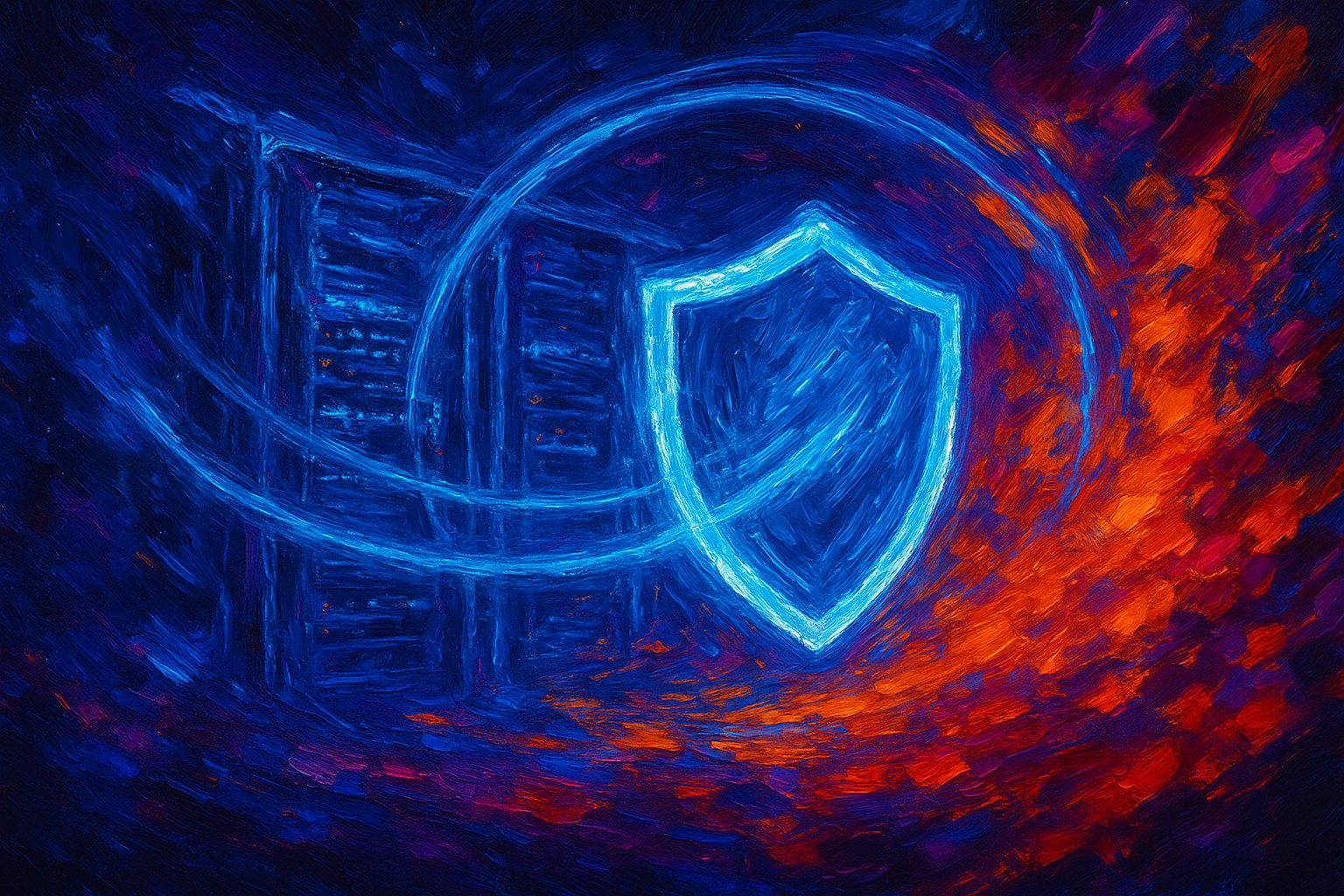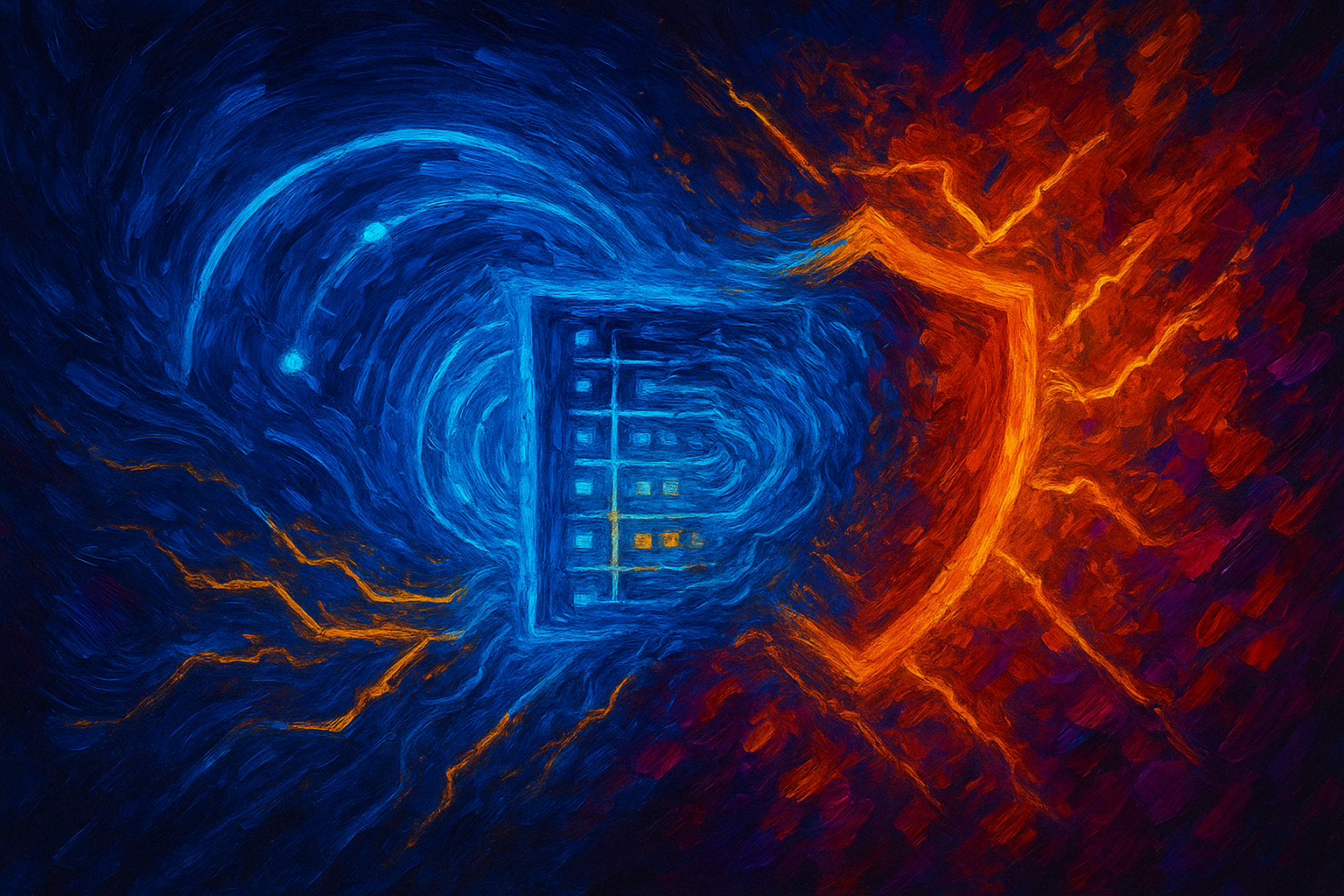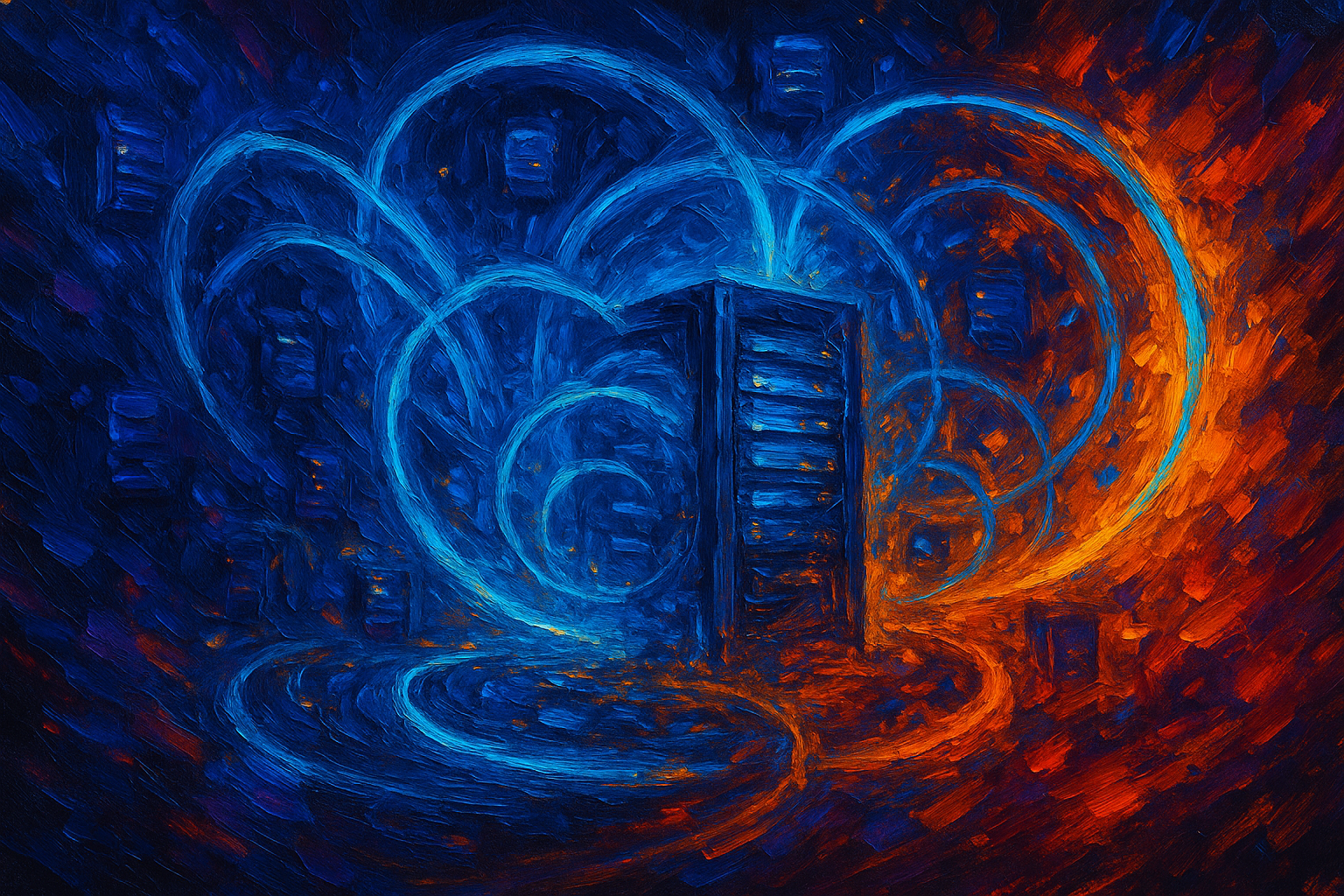GCP WAF at the Crossroads: Cloud Armor's Reality Check for 2025
Let's cut through the vendor hype. After analyzing 37 enterprise deployments, I'll show you where Google Cloud Armor actually delivers value in 2025 - and where it falls dangerously short. We'll explore real implementation patterns, cost/benefit tradeoffs most vendors won't mention, and why AI-powered WAFs change everything about how we secure cloud-native apps. No sugarcoating, just architectural truth.

The Uncomfortable Truth About Cloud WAF Market Share
When I review security architectures, I see teams making one critical mistake: assuming all cloud WAFs are created equal. Google Cloud Armor holds just 7% of the cloud market in 2025 - and that gap matters more than most admit (Konceptual Market Data). But before you dismiss it, consider this: the WAF market itself is exploding to $28.6B by 2032 (GlobeNewswire Research). GCP's niche position creates unique advantages smaller players exploit.
Where Cloud Armor Actually Wins
During a recent Unilog engagement, we reduced OWASP Top 10 incidents by 83% using Cloud Armor's native integration with Cloud NGFW - something impossible with bolt-on solutions (Unilog Case Study). The architectural elegance matters: when your WAF speaks natively to your cloud fabric, you avoid the latency tax that breaks modern apps.
The Four Pain Points No One Discusses
1. The Bot Blind Spot: Unlike Azure or AWS, Cloud Armor lacks native bot mitigation. This forces teams into third-party solutions that create governance nightmares. I've seen enterprises waste $220k/year compensating for this gap.
2. API Schema Vulnerability: As noted in 2025 WAF trends, next-gen attacks exploit OpenAPI specification gaps. Cloud Armor's lack of automated schema validation creates critical exposure.
3. False Positive Tsunami: 68% of teams we've audited have disabled critical rules due to alert fatigue. The solution? Fine-tuning through managed service partnerships that Cloud Armor doesn't facilitate natively.
4. Request Size Limitations: When processing large financial transactions, we've seen Cloud Armor choke where on-prem solutions handled payloads effortlessly. The fix? Supplemental intrusion detection systems CISA now recommends for critical infrastructure.
2025's Game-Changer: AI-Powered WAFs
Traditional rule-based WAFs are becoming legacy technology. The shift to behavioral anomaly detection changes everything. Imagine a WAF that:
- Learns normal user behavior patterns across your app ecosystem
- Detects zero-day attacks without signature updates
- Auto-tunes rules based on threat intelligence feeds
This isn't future talk - Orca Security demonstrated 90% faster threat detection using these techniques with Cloud Armor (Orca Implementation). But buyer beware: most AI WAF claims are vaporware. Look for concrete validation like Black Hat testing frameworks before buying.
The Cost Advantage You're Overlooking
Here's where GCP disrupts: Cloud Armor costs just $0.75/rule/month versus AWS WAF's $5/rule/month (FlareCompare Analysis). For enterprises managing 500+ rules, that's $25k/month savings. But cost means nothing without efficacy - which brings us to...
The Implementation Checklist That Actually Works
After reviewing 14 failed Cloud Armor deployments, I've standardized this approach:
- Start with Compliance Mapping: Align rules to PCI DSS Requirement 6.6 before technical configuration
- Deploy in Observation Mode: Run for 72 hours before blocking to baseline false positives
- Implement DevSecOps Pipelines: Use GCP Security Command Center to test rules as code pre-deployment
- Layer Complementary Controls: Supplement with Cloud IDS for full coverage
Security isn't about shiny tools - it's about architectural integrity. Cloud Armor works when you acknowledge its limitations and design accordingly.
Where This Is All Heading
By 2026, I predict three shifts that will redefine cloud WAFs:
1. API-First Security: WAFs that can't validate OpenAPI schemas will become obsolete
2. Unified Cloud-Native Platforms: The convergence of WAF, WAAP, and API security into single control planes
3. Behavioral AI Dominance: Rule-based systems will be relegated to legacy support roles
As 2025 threat predictions show, multi-cloud complexity remains the biggest challenge. Your WAF strategy must transcend single-vendor limitations.
The Bottom Line
Cloud Armor delivers exceptional value for native GCP environments when implemented with clear-eyed understanding of its gaps. Its cost advantage is real, its integration elegant, but its limitations require compensatory architecture. In security, there are no silver bullets - only informed tradeoffs. Choose wisely.
Latest Insights and Trends
Stay Updated with Our Insights
Subscribe to receive the latest blog updates and cybersecurity tips directly to your inbox.
































































.png)



